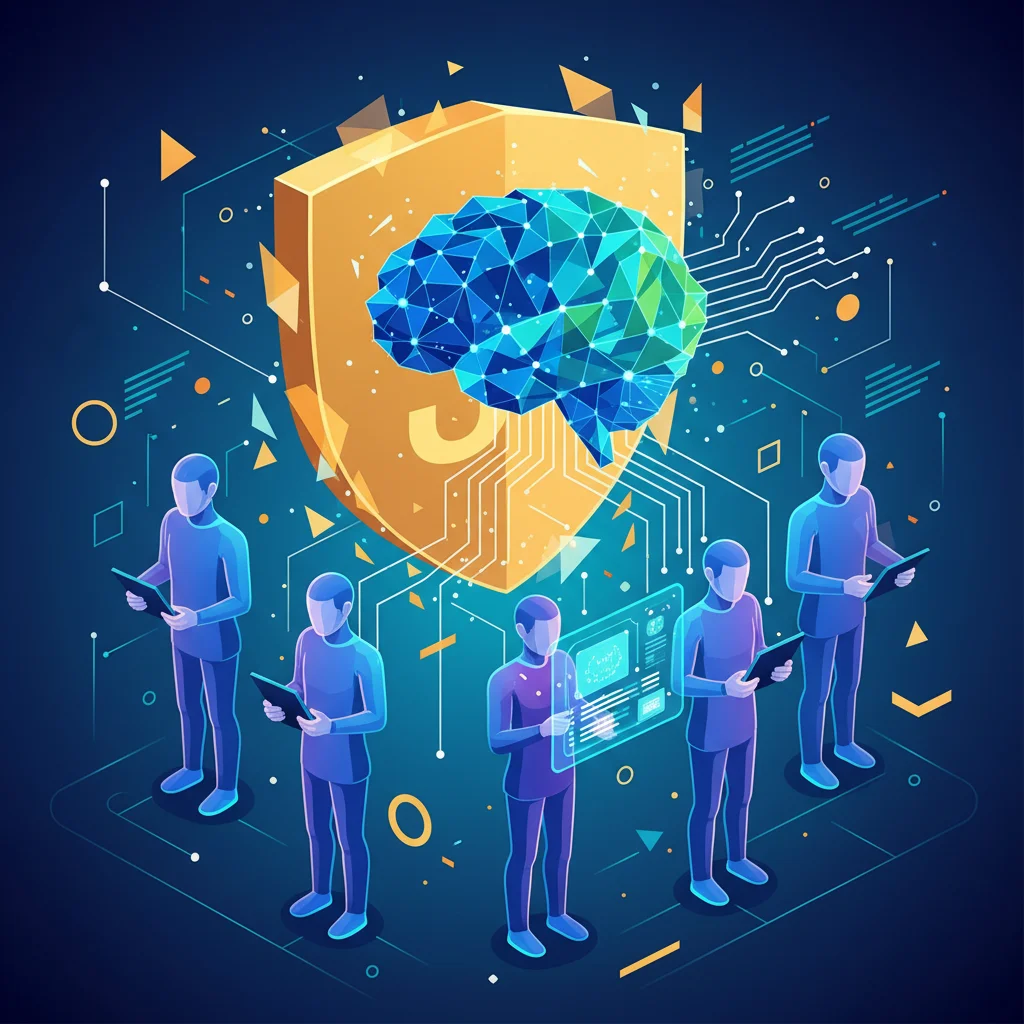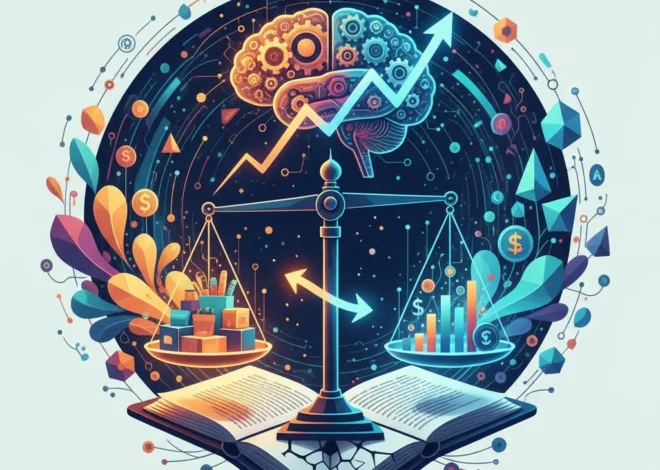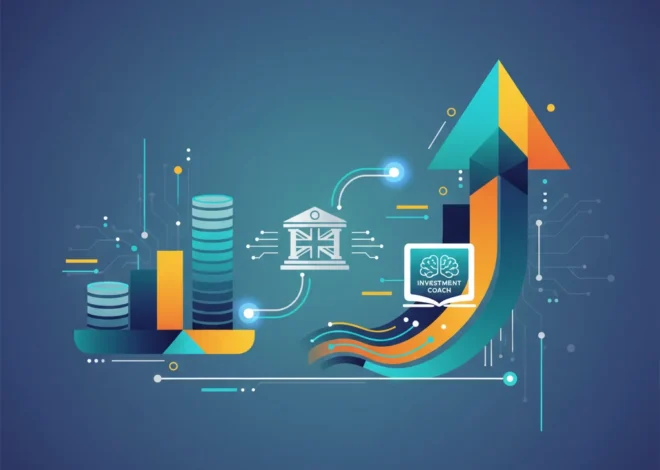
JPMorgan’s New AI Co-worker Is Writing Your Performance Review
Let’s be honest. For most managers, writing performance reviews falls somewhere between a root canal and filing expense reports on the list of enjoyable corporate tasks. It’s a time-consuming, often repetitive process that requires a delicate balance of constructive criticism and motivational encouragement. For employees, the receiving end can be just as nerve-wracking, waiting for a verdict that can impact their career trajectory and compensation.
But what if that entire process could be streamlined, made more consistent, and perhaps even more insightful? What if a manager’s greatest tool for overcoming writer’s block wasn’t a second cup of coffee, but a sophisticated artificial intelligence?
That’s not a hypothetical from a sci-fi movie. It’s the new reality at JPMorgan Chase, one of the world’s largest and most influential financial institutions. In a move that’s sending ripples through the worlds of finance, tech, and human resources, the bank has begun offering its staff an in-house AI chatbot to help write performance reviews. According to a report from the Financial Times, this tool allows employees to leverage the bank’s own proprietary large language model (LLM) to generate review text from their own prompts.
This isn’t just about making an unpopular task easier. It’s a landmark moment in the corporate adoption of generative AI, signaling a shift from experimental tinkering to practical, large-scale implementation in one of the most sensitive areas of business: people management. This single application raises profound questions about the future of work, the role of management, and the immense opportunities—and risks—that come with integrating advanced artificial intelligence into core business functions.
Why Build an AI When You Can Just Buy One?
In an era where tools like ChatGPT, Claude, and Gemini are readily available, the first question many tech professionals and entrepreneurs might ask is: why would a bank spend the time and resources to build its own LLM?
The answer lies in a trifecta of corporate imperatives: security, control, and competitive advantage.
For an institution like JPMorgan, which handles trillions of dollars and possesses mountains of sensitive client and employee data, using a public, third-party AI model is a non-starter. Sending employee performance data or any internal communications to an external server would be a monumental cybersecurity and compliance risk. Every prompt and every piece of generated text could potentially be stored, logged, or even used to train the public model, creating an unacceptable data leak vector.
By building its own model, JPMorgan ensures that all data remains within its own secure cloud infrastructure. This is a critical consideration not just for privacy, but for regulatory compliance with bodies like the SEC and FINRA. This “walled garden” approach to AI is becoming the gold standard for large enterprises in regulated industries.
Beyond security, a proprietary model offers unparalleled customization. The bank can train its AI on decades of its own internal documents, performance reviews, communication styles, and financial reports. This allows the model to understand the specific vernacular, cultural nuances, and performance metrics unique to JPMorgan. The result is an AI that doesn’t just write generic business-speak; it writes in the “voice” of the company, a level of sophistication that a generic SaaS (Software as a Service) tool could never achieve.
Beyond the Zap: How the Taser Company is Building the AI-Powered Future of Policing
The AI Co-Pilot for Managers: How It Works
It’s crucial to understand that JPMorgan’s tool is not an “auto-reviewer” that independently assesses employees. It’s designed as an assistive technology—a co-pilot for the human manager. The process, as described, involves managers feeding the AI prompts about an employee’s performance, such as “summarize John’s successful completion of Project X, highlighting his leadership and collaboration skills,” or “draft constructive feedback for Jane regarding her time management on Q3 deliverables.”
The LLM then generates a draft, which the manager can edit, refine, or use as a starting point. The goal is automation of the tedious first draft, freeing up the manager to focus on the higher-level tasks of strategic feedback, personal connection, and goal setting. This human-in-the-loop system is essential for maintaining accountability and the human element in a deeply human process.
The Two Sides of the AI-Powered Review
The introduction of machine learning into HR processes is a classic double-edged sword. The potential benefits are immense, but the risks require careful navigation. This shift represents a fundamental change in the performance review workflow.
Here’s a breakdown of how the AI-assisted process compares to the traditional approach, highlighting both the potential upsides and the cautionary flags:
| Aspect of Review Process | Traditional Approach | AI-Assisted Approach |
|---|---|---|
| Time Commitment | High. Managers spend hours writing, editing, and standardizing reviews. | Low. AI generates drafts in seconds, drastically reducing writing time. |
| Consistency | Variable. Quality and tone can vary widely between different managers. | High. AI can be trained to use a consistent tone, format, and language across the organization. |
| Potential for Bias | High. Unconscious human biases (recency, halo/horns effect) are a significant problem. | Potentially lower, but high risk of new algorithmic bias if the training data is flawed. |
| Personalization | Dependent on manager’s effort and writing skill. Can be highly personal or very generic. | Can feel impersonal or “canned” if not carefully edited and personalized by the manager. |
| Data-Driven Insights | Limited to the manager’s memory and notes. | AI could potentially synthesize data from multiple sources (e.g., project outcomes, code commits, sales data) for a more holistic view (source). |
| Core Skill Required | Writing and articulating feedback. | Prompt engineering and critical editing of AI-generated text. |
The most significant risk is undoubtedly algorithmic bias. An AI model is only as good as the data it’s trained on. If historical review data contains subtle biases against certain demographics, the AI will learn and perpetuate them at scale, creating a systemic and hard-to-detect form of discrimination. For startups and established companies alike, implementing robust bias detection and auditing protocols is not just good practice; it’s an absolute necessity.
The Coder, The Kingpin, and The Ransomware: A Cybercrime Love Story Gone Wrong
The Ripple Effect: What This Means for the Broader Tech Ecosystem
JPMorgan’s initiative is more than just an internal HR update; it’s a bellwether for the entire tech industry. It signals a clear direction of travel for enterprise software and corporate innovation.
- For Developers and Programmers: The demand for AI/ML engineers is already sky-high, but this signals a shift towards building enterprise-grade, secure, and specialized models. Expertise in natural language processing (NLP), MLOps (Machine Learning Operations), and secure programming practices will become even more valuable. It’s no longer just about building the most powerful model, but the most compliant and secure one.
- For Startups and SaaS Companies: This is both a threat and an opportunity. The threat is that large enterprises with deep pockets will choose to build their own solutions, shunning off-the-shelf products. The opportunity, however, is immense. Startups can create “pick-and-shovel” tools for these enterprise giants—specialized software for AI governance, bias auditing, data labeling, model monitoring, and enhancing cybersecurity for AI systems.
- For the Future of Work: This is a concrete example of AI augmenting, not replacing, a white-collar job function. The manager’s role shifts from “writer” to “editor-in-chief.” This trend will likely accelerate, with AI co-pilots becoming standard in legal, marketing, coding, and countless other knowledge-work domains. The emphasis will be on human oversight, critical thinking, and strategic decision-making. As one report notes, this is part of a broader push by companies to explore AI’s potential, with many firms “experimenting with generative AI tools” to boost productivity (source).
The Road Ahead: From Performance Reviews to Pervasive Intelligence
While helping with performance reviews is a powerful first step, it is merely the tip of the iceberg. An in-house LLM trained on a company’s proprietary data is a foundational asset with nearly limitless applications. Imagine an AI that can:
- Instantly answer complex employee questions about internal policies or benefits.
- Generate personalized training and development plans based on performance data.
- Analyze thousands of customer service chats to identify emerging issues in real-time.
- Assist developers by writing boilerplate code or debugging complex software issues.
- Draft initial reports on market trends by synthesizing internal and external financial data.
JPMorgan’s move is a clear signal that the era of enterprise-specific AI has truly begun. The focus is shifting from general-purpose models to highly trained, secure, and domain-specific intelligence that can serve as a core competitive advantage. The innovation here is not just in the technology itself, but in its thoughtful and strategic application to a real-world business problem.
While the long-dreaded performance review may never become a beloved corporate pastime, its evolution is a fascinating case study in the human-machine partnership. By handing the first draft over to a machine, we may just be freeing up humans to do what they do best: connect, mentor, and lead.
The Chip War Just Shifted Gears: Why Your Next Car is on the Geopolitical Frontline
The success of this initiative will ultimately depend on execution and a commitment to ethical implementation. It requires a delicate balance—leveraging the power of automation and artificial intelligence without losing the nuance, empathy, and humanity that lie at the heart of effective management.


